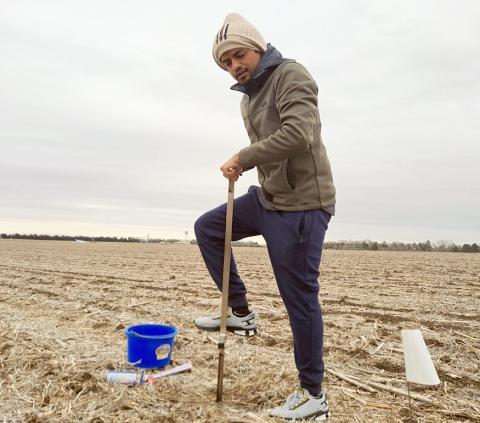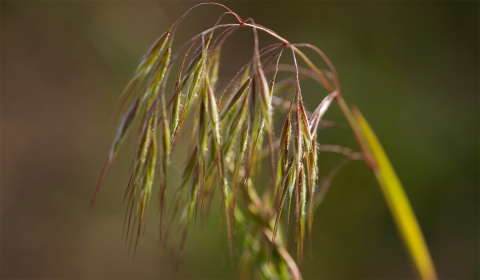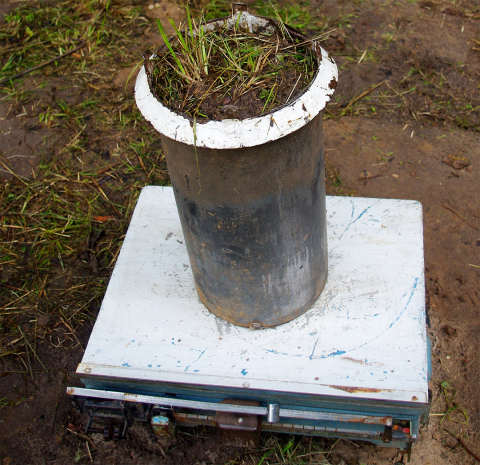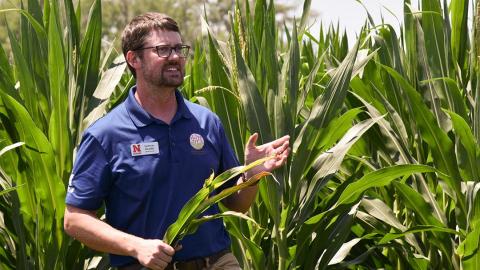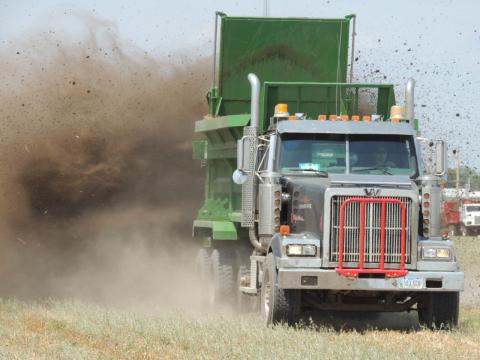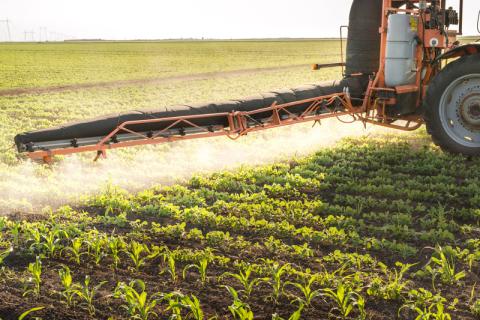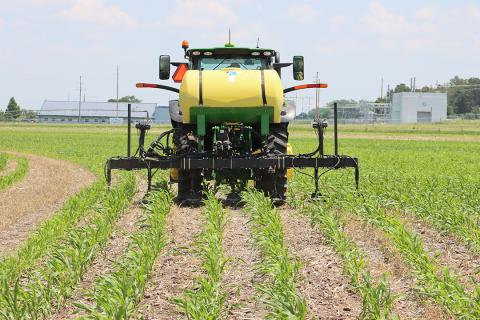Harnessing Residual Soil Nitrogen Following a Dry Season: The Key to Smarter Fertilizer Planning for the Coming Season
November 7, 2024
Higher residual nitrogen levels in the soil from this year's dry conditions might offer a valuable opportunity to optimize fertilizer planning, in turn reducing production costs and improving yields in 2025.
Pasture and Forage Minute: Tips on Lease Agreements, Controlling Cheatgrass and Interseeding Legumes
October 2, 2024
Extension insights on terminating lease agreements, the best herbicides for controlling cheatgrass, and overgrazing pastures in preparation for interseeding legumes to improve nutrition.
Nitrogen Sources and Water Quality Field Day
August 6, 2024
This daylong event at Haskell Ag Lab will highlight ongoing research on sensor-based nitrogen management, the use of manure in fertility plans and precision ag, organic and inorganic nitrogen movement in the soil, and more.
Nebraska 4Rs Nutrient Stewardship Field Day Set for July 11
May 16, 2024
This year's 4Rs Field Day will feature a demonstration on UNL's newly developed web-based N tool, designed to increase efficiency of nitrogen use, as well as ease of record-keeping.
100 Years of Nebraska Nitrogen
May 15, 2024
This online resource highlights nitrogen facts and statistics for the state of Nebraska.
Choosing a Manure Application Rate
April 23, 2024
Nebraska Extension shares recommendations on determining a manure application rate that will meet agronomic crop needs while accounting for excess soil nutrients or building soil fertility.
Nitrogen Fertilizer Trends in Nebraska from 1955-2023
April 16, 2024
This Nebraska Extension article highlights the impact of factors such as plant genetics and improved production practices to fertilizer consumption in Nebraska over numerous decades.
UNL-TAPS: Reflections on Seven Years of Irrigation and Nitrogen Management
April 11, 2024
Extension insights on the year-to-year variability in corn yield response to irrigation and nitrogen (N) fertilizer rates throughout seven years of the TAPS sprinkler irrigated corn competition.
